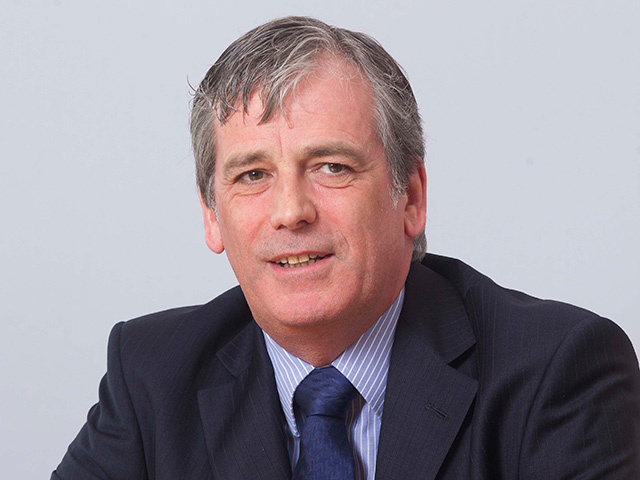
July 6, 1988 was a memorable day for the very worst of reasons.
My son, who was just a few days away from his 5th birthday, was admitted to Aberdeen Sick Children’s Hospital with a virulent chest infection and, needless to say, my wife and I were anxious for his health.
When we finally returned home, exhausted but comforted in the knowledge that he was going to be all right, we prepared to turn in for the night. It was then that we were disturbed by the unusual sound of a helicopter flying overhead and were both left with the distinct impression that something was wrong.
A few hours later my suspicions were confirmed when the sound of my telephone shattered my fitful sleep. A colleague on the other end of the phone told me that there had been an incident offshore and that people were already in the office dealing with it.
When I arrived at work, the office was buzzing with activity and it soon became apparent that my ashen-faced colleagues were immersed in a crisis quite unlike anything that they had experienced before. There had been an explosion on the Piper Alpha platform.
Three questions dominated our thoughts: Who was on the platform, were they still alive and what had gone so terribly wrong?
At the time I was Assistant Company Secretary of John Wood Group PLC, whose subsidiary, Wood Group Engineering Contractors, employed the majority of the personnel on the platform. Now, onshore, we were fielding calls from relatives, reconstructing the events on the platform, piecing together information, examining contracts, informing insurers, appointing lawyers.
Platform workers on their onshore leave came in to help in this massive exercise. Nothing else mattered. Nor was it only at Wood Group that all attention was focused on the disaster. The same adrenalin-fuelled activity was going on in the offices of all the other companies involved. When my wife and I got the chance to visit our son in hospital that night, there were no medical staff available to treat the patients, as they were all committed to treating the survivors of the disaster, who had been brought ashore by helicopter.
As the days passed we worked with Occidental and the other contractors to offer support for the survivors and victims’ families. At the same time, we worked on discovering the cause of the disaster, and in due course we had to deal with the allocation of responsibility, the application of the contracts, and the personal injury claims.
Inevitably we had a visit from Occidental to talk about the knock-for-knock indemnities in the contracts, which were described as straightforward although they became the subject of litigation that would not be resolved for more than a decade (not that Occidental allowed that uncertainty to delay the settlement of claims on behalf of the victims).
As with other disasters, there was not a single isolated cause but a series of circumstances that led to the explosion and fire and release of gas that destroyed the platform and claimed 167 lives.
The Piper Alpha disaster brought increased awareness and improvements in the management of safety risks offshore. Lord Cullen, who led the subsequent Public Inquiry, made recommendations for regulation and management of safety, taking account of the findings of the Inquiry and including the requirement for the duty holder of an offshore installation to prepare a safety case for complying with safety regulations and protecting against safety risks, to be enforced by the Health and Safety Executive. This regime, as it has been developed over time, continues today.
The fact that we now have one of the world’s most rigorous off shore safety regimes is testament to the determination of all those involved in the investigations that followed Piper Alpha to ensure that such a terrible tragedy could never be allowed to happen again.
As an industry we must continue to apply the lessons of our experience to minimise the risks to health, safety and the environment.
Finlay Crossan is a partner in the oil & gas team at Brodies LLP
Recommended for you
